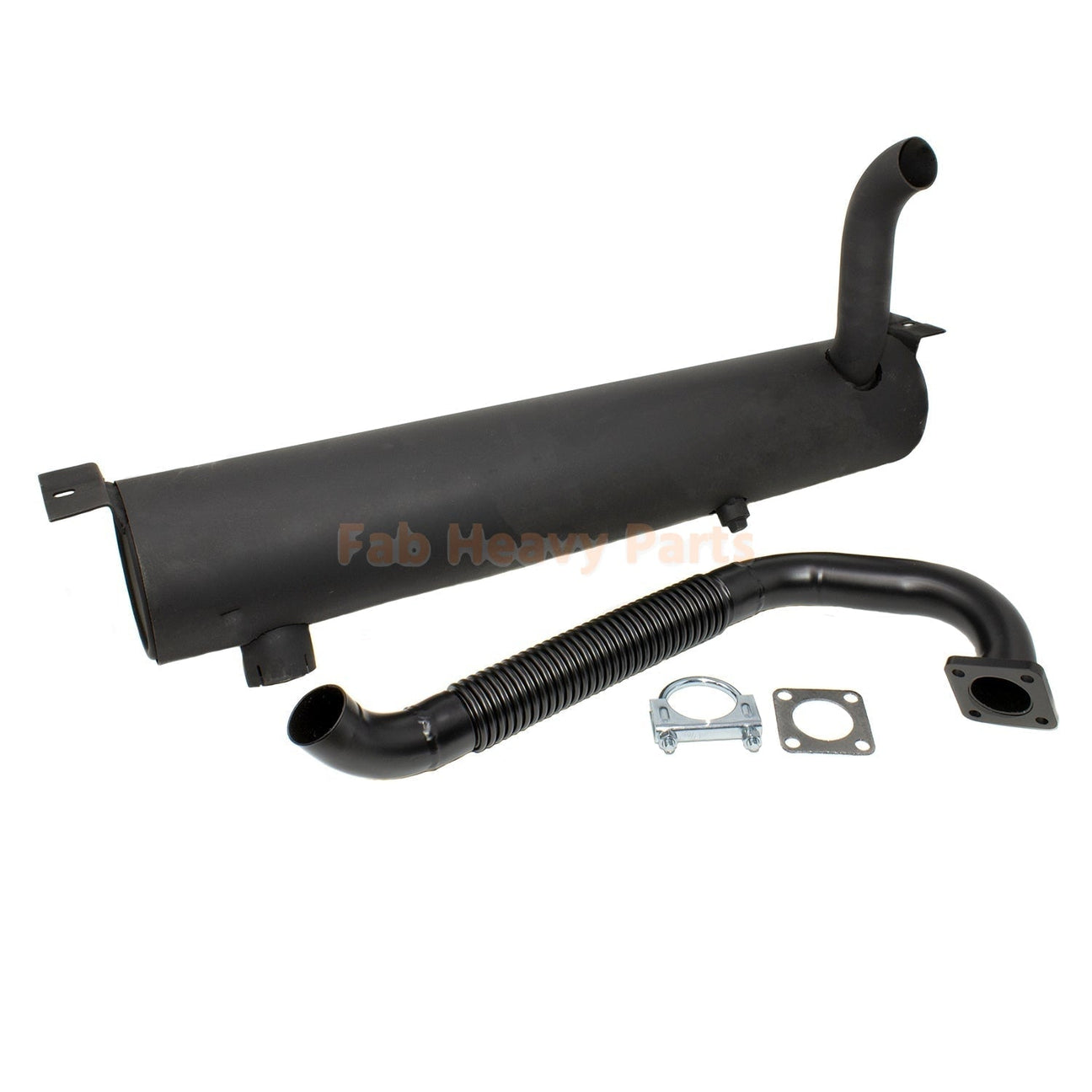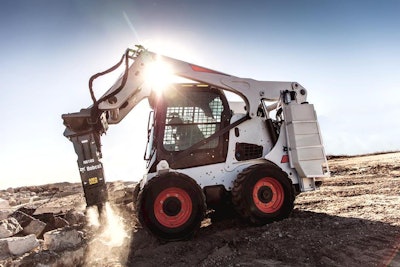Unlocking Prospective: Aftermarket Parts as a Cost-Effective Solution for Machinery and Heavy Equipment
In the ever-evolving landscape of machinery and hefty equipment maintenance, the application of aftermarket parts has emerged as an engaging different worth exploring. While the principle might elevate eyebrows amongst reactionaries, the benefits that aftermarket parts use in terms of expense savings, quality, and efficiency are not to be underestimated.

Price Financial Savings and Value Suggestion
The price financial savings and value suggestion of utilizing aftermarket parts for equipment and hefty equipment are substantial factors that add to functional performance and financial feasibility in various markets. By selecting aftermarket components over original equipment maker (OEM) components, companies can understand considerable expense savings without jeopardizing on quality or efficiency. Aftermarket components are often much more competitively valued than their OEM counterparts, enabling firms to minimize maintenance and repair service expenses while still making certain the appropriate performance of their machinery and devices.
Additionally, the value proposal of aftermarket components prolongs beyond cost savings. These components are widely readily available and offer a broader option contrasted to OEM components, offering services with greater versatility and ease in sourcing the components they require. In addition, aftermarket parts are recognized for their premium quality and dependability, meeting and even surpassing market standards in most cases. This dependability converts right into enhanced functional effectiveness and minimized downtime, inevitably boosting total productivity and productivity for organizations that pick to utilize aftermarket remedies for their equipment and hefty equipment requirements.
Quality and Compatibility Assurance
When considering the utilization of aftermarket parts for machinery and heavy tools,Emphasizing the extremely important relevance of high quality control and compatibility confirmation is necessary. Making certain that aftermarket components fulfill or surpass market requirements for top quality is important to preserving the optimum performance and longevity of the machinery. Quality assurance measures, such as rigorous screening procedures and qualifications, give peace of mind to equipment proprietors that the aftermarket components will work reliably and efficiently.

Boosted Accessibility and Options
With an expanding market and expanding need, aftermarket components for machinery and hefty equipment are now providing boosted schedule and a broader variety of choices to satisfy the varied requirements of devices owners. This rise in accessibility is driven by the aftermarket parts sector's commitment to fulfilling the details requirements of various machinery brand names and models. Tools owners can currently access a large selection of aftermarket parts, ranging from engine elements to hydraulic components, electric systems, undercarriage parts, and a lot more.
In addition, aftermarket components manufacturers are continually expanding their product to include components for a wider range of equipment and heavy devices, making sure that owners can find suitable substitutes despite the devices type or design they possess. This raised availability and variety of aftermarket components equip devices owners to make affordable choices without jeopardizing on high quality or performance. Consequently, they can successfully preserve, fix, and upgrade their machinery with confidence, recognizing that aftermarket components provide a trusted choice to OEM elements.
Performance and Toughness Benefits
Enhancing equipment and heavy tools with aftermarket components brings notable efficiency and longevity benefits to devices proprietors. Aftermarket parts are often made with improvements in modern technology and products, offering improved performance contrasted to initial devices supplier (OEM) parts. Upgraded elements can cause enhanced power, efficiency, and total maker capabilities, bring about improved productivity and functional effectiveness.
Moreover, aftermarket parts are frequently crafted to click here for info be extra long-lasting and long lasting than their OEM counterparts. This increased longevity can equate to minimized downtime for repair and maintenance, inevitably conserving equipment proprietors beneficial money and time. By buying aftermarket parts understood for their toughness, machinery and hefty devices can withstand harsh operating problems and hefty workloads with higher strength.
Fundamentally, the efficiency and resilience advantages of aftermarket components add substantially to enhancing the capability and long life of machinery and heavy devices. Devices owners stand to gain an one-upmanship by leveraging aftermarket services to boost the overall performance and resilience of their properties.

Sustainability and Ecological Influence
The utilization of aftermarket parts not only enhances the performance and toughness of machinery and heavy tools but also plays a crucial function in resolving sustainability issues and minimizing environmental influence. By going with aftermarket parts, industries contribute to the reduction of waste generation considering that these components are commonly sourced from recycled products or via remanufacturing procedures. This practice aligns with the principles of a circular economy, where sources are used his response efficiently, and waste is lessened.
Furthermore, aftermarket components can expand the lifespan of equipment and equipment, lowering the frequency of substitutes and subsequently reducing the overall carbon impact associated with manufacturing new machinery. Furthermore, the production of aftermarket components typically includes much less energy intake and fewer exhausts compared to making initial tools producer (OEM) parts.
Conclusion
In conclusion, aftermarket parts use an affordable option for equipment and hefty equipment by offering expense financial savings, quality control, boosted accessibility, performance advantages, and sustainability benefits. These parts not only provide a viable alternative to initial devices maker components but likewise add to the overall performance and long life of equipment and equipment. Embracing aftermarket components can cause substantial cost savings and boosted performance, making them a beneficial option for businesses aiming to maximize their sources.
By deciding for aftermarket components over initial devices manufacturer (OEM) components, services can understand considerable cost financial savings without endangering on quality or performance (Bobcat Aftermarket Parts). Tools owners can currently access a vast range of aftermarket components, ranging from engine elements to hydraulic parts, electrical systems, undercarriage components, and extra
In addition, aftermarket components suppliers are continuously broadening their item lines to consist of parts for a broader variety of machinery and hefty tools, making sure that proprietors can locate appropriate substitutes regardless of the devices type or model they possess. Aftermarket components are frequently made with innovations in modern technology and products, offering boosted navigate to this site performance compared to initial tools supplier (OEM) parts. Furthermore, the manufacturing of aftermarket components frequently includes less energy intake and fewer discharges compared to making initial equipment manufacturer (OEM) parts.